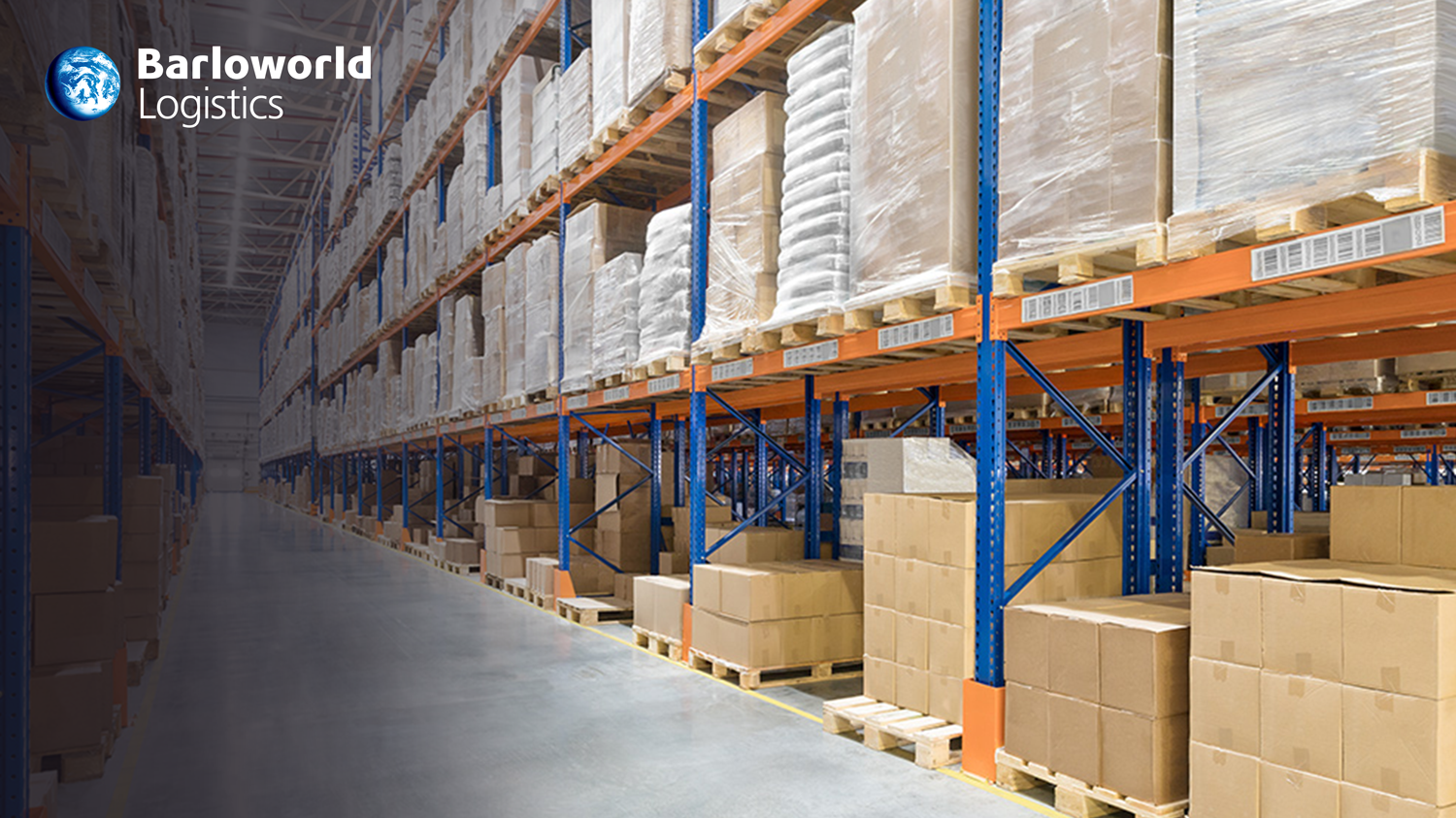
A warehouse manager’s job is riddled with daily challenges. Weighing high on this scale is inventory shrinkage - a problem which is difficult to avoid. Here's a few expert tips to help you ensure your inventory damage is kept to the bare minimum. By reducing inventory damage, you'll help to reduce your overall inventory shrinkage.
What is inventory shrinkage (and why is it important)?
Inventory shrinkage is a term which describes the loss of inventory in a warehouse. There are many factors that account for inventory shrinkage, including:
- Warehouse theft or fraud
- Damaged stock
- Expired produce
- Obsolescence
- Inaccurate data (for example capturing the wrong amount of stock in your WMS or ERP system)
Inventory shrinkage is, unfortunately, inevitable in even the top-performing warehouses in the world. This is due to the constant movement involved in running a warehouse. However, high levels of inventory shrinkage could be devastating to your bottom line.
Today, we're looking at how to combat inventory shrinkage by reducing the amount of damaged stock in your warehouse.
Tips to minimise inventory damage
Managing a warehouse holding large quantities of inventory, worth millions of Rands day after day, is no easy feat. Inventory damage can have a negative effect on order fulfillment and achieving service level agreements. Below are a few tips which will help you keep your levels of damaged stock in check.
On-going optimisation in your warehouse
Regular maintenance and upkeep can help you identify and optimise problem areas in your warehouse before they get out of hand. This will help you identify how and why inventory is getting damaged - you can then put in place the necessary warehouse processes to avoid future damage.
According to All Things Supply Chain, questions to ask yourself when optimising your warehouse processes include:
- Do employees touch products more than necessary during regular workflows?
- Are multiple employees involved with manually tracking or handling products? Is this necessary?
- Do product cartons clearly indicate their contents?
- Does incoming or outgoing product sit unattended for longer than necessary?
Frequent inspection and review of how organised a warehouse is can lead to increased productivity, as well as reducing inventory loss and preventing injury.
Be mindful of product weight and shape
When designing racking it's important to be mindful of weight and shape. Inventory often sustains damage while stored on shelving from things like careless handling or harsh contact with material handling equipment. Poorly designed racking that doesn't work well with the products stored in it can result in overhanging inventory which can easily be damaged or cause injury.
When planning your warehouse layout, keep the golden zone in mind.
The golden zone and slotting optimisation
The golden zone is a term relating to slotting optimisation. It's used to describe the ideal placement for your fastest moving stock: chest height shelving. This makes it easy for your stock picking team to pick stock without having to bend over or reach up above their heads (increasing the risk of dropping something). Not only will this save time between picks, but it will reduce the likelihood of damaging stock and increase your overall warehouse productivity.
Offer protection for your racking
Racking protection in crucial areas of your warehouse is an essential part of preventing inventory damage. Column protectors, for example, are necessary in spaces where vehicles often travel. Rack guards, aisle shields, and pallet supports can also offer protection against damage.
Prepare for Capacity
It is extremely important to plan for capacity as it assists in preventing the ordering of too much inventory. Excess inventory in the warehouse can greatly increase the chances of damage, inventory variances and theft.
Build a Safety Culture
The number one cause of inventory damage is said to be lack of training. Training warehouse staff on the correct way of handling pallets, using forklifts, and labeling perishable and non-perishable goods, can reduce product damage.
While damaged warehouse inventory is unavoidable to some extent, it can be overcome. Inventory management techniques and processes, make it possible to maintain damaged warehouse inventory levels at a bare minimum.
Interested in a warehousing solution or want to talk to export? Click the button below:



